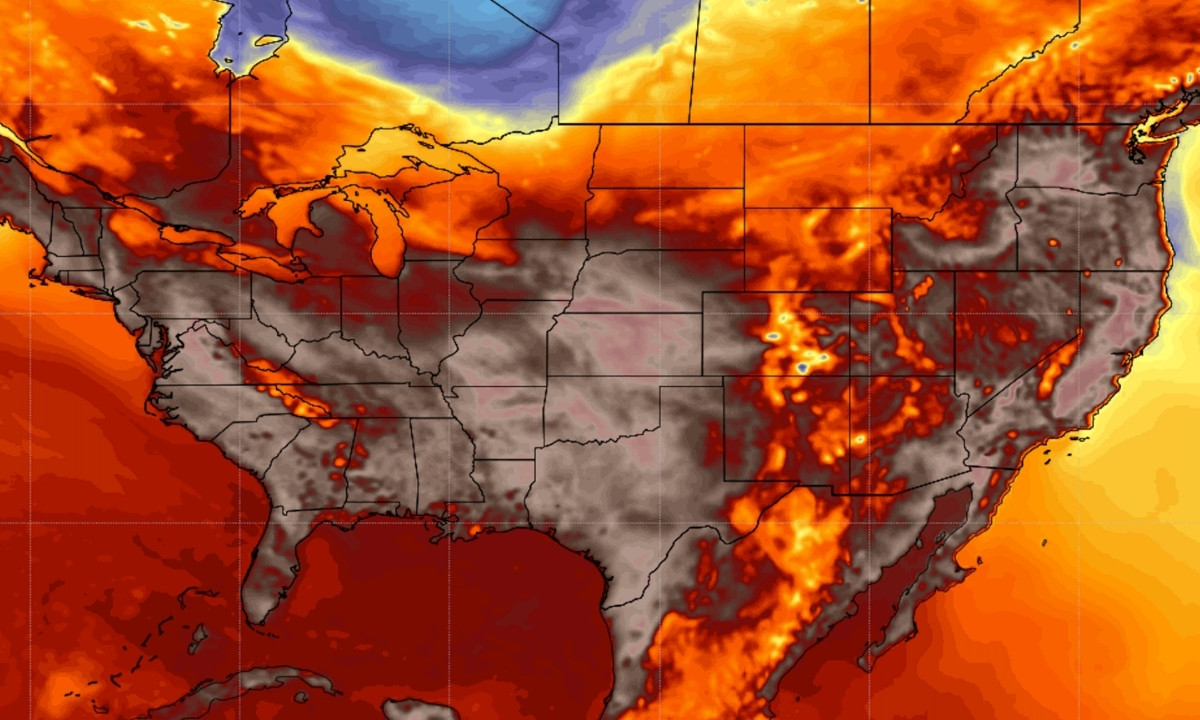
What is a heat advisory? A heat advisory is a warning issued by weather services when temperatures are expected to reach dangerous levels. These alerts help people stay safe during extreme heat. Heat advisories are crucial because high temperatures can lead to heat-related illnesses like heat exhaustion or heat stroke. Understanding these warnings can help you take necessary precautions. This blog post will share 18 essential facts about heat advisories to keep you informed and prepared. From recognizing the signs of heat-related illnesses to knowing how to stay cool, these facts will help you navigate the hottest days safely.
What is a Heat Advisory?
A heat advisory is a public warning issued by weather services when temperatures or heat indices are expected to reach dangerous levels. These advisories aim to inform the public about potential health risks and encourage precautions.
- Issued by Weather Services: Heat advisories are typically issued by national weather services like the National Weather Service (NWS) in the United States.
- Criteria Varies: The specific criteria for issuing a heat advisory can vary by region. In some areas, a heat index of 100°F might trigger an advisory, while in others, it could be higher or lower.
- Heat Index: The heat index combines air temperature and humidity to estimate how hot it feels. High humidity can make temperatures feel much hotter.
- Duration: Advisories usually cover a specific period, often ranging from a few hours to several days, depending on the forecasted weather conditions.
Why Heat Advisories are Important
Heat advisories play a crucial role in public safety by alerting people to take necessary precautions to avoid heat-related illnesses.
- Prevent Heat-Related Illnesses: Heat advisories help prevent heat-related illnesses like heat exhaustion and heat stroke, which can be life-threatening.
- Vulnerable Populations: Elderly individuals, young children, and people with pre-existing health conditions are particularly vulnerable during heat advisories.
- Public Awareness: These advisories raise public awareness about the dangers of extreme heat and encourage people to stay hydrated and cool.
- Emergency Services: Heat advisories also help emergency services prepare for an increase in heat-related incidents.
How to Stay Safe During a Heat Advisory
Knowing how to stay safe during a heat advisory can make a significant difference in preventing heat-related health issues.
- Stay Hydrated: Drinking plenty of water is essential. Avoid beverages that can dehydrate you, like alcohol and caffeinated drinks.
- Limit Outdoor Activities: Try to stay indoors during the hottest parts of the day, usually between 10 a.m. and 4 p.m.
- Wear Light Clothing: Light-colored, loose-fitting clothing helps keep your body cool.
- Use Fans and Air Conditioning: Fans and air conditioning can help lower body temperature. If you don't have air conditioning, visit public places like malls or libraries.
Signs of Heat-Related Illnesses
Recognizing the signs of heat-related illnesses can help you take action before the situation becomes severe.
- Heat Exhaustion: Symptoms include heavy sweating, weakness, dizziness, nausea, and headache.
- Heat Stroke: This is more severe and includes symptoms like a high body temperature (above 103°F), confusion, and loss of consciousness. Immediate medical attention is required.
- Heat Cramps: These are muscle pains or spasms that usually occur in the abdomen, arms, or legs, often due to heavy exercise in hot weather.
Interesting Facts About Heat
Heat advisories are just one aspect of how we understand and deal with extreme heat. Here are some interesting facts about heat.
- Urban Heat Islands: Cities tend to be hotter than rural areas due to human activities and infrastructure, a phenomenon known as the urban heat island effect.
- Historical Heat Waves: Some of the deadliest heat waves in history include the 2003 European heat wave, which caused over 70,000 deaths.
- Global Warming: Climate change is expected to increase the frequency and severity of heat waves, making heat advisories even more critical in the future.
Staying Safe in the Heat
Heat advisories aren't just warnings; they're lifesavers. Knowing the signs of heat exhaustion and heatstroke can make all the difference. Drink plenty of water, wear light clothing, and avoid strenuous activities during peak heat hours. If you must be outside, take frequent breaks in the shade or indoors. Keep an eye on vulnerable groups like kids, the elderly, and pets. They’re more susceptible to heat-related illnesses. Remember, heat can sneak up on you, so stay informed about local weather conditions. Use apps or listen to the news for updates. By taking these precautions, you can enjoy the summer while staying safe. Don’t underestimate the power of the sun. A little preparation goes a long way in preventing heat-related emergencies. Stay cool, stay safe, and make the most of those sunny days.
Was this page helpful?
Our commitment to delivering trustworthy and engaging content is at the heart of what we do. Each fact on our site is contributed by real users like you, bringing a wealth of diverse insights and information. To ensure the highest standards of accuracy and reliability, our dedicated editors meticulously review each submission. This process guarantees that the facts we share are not only fascinating but also credible. Trust in our commitment to quality and authenticity as you explore and learn with us.
